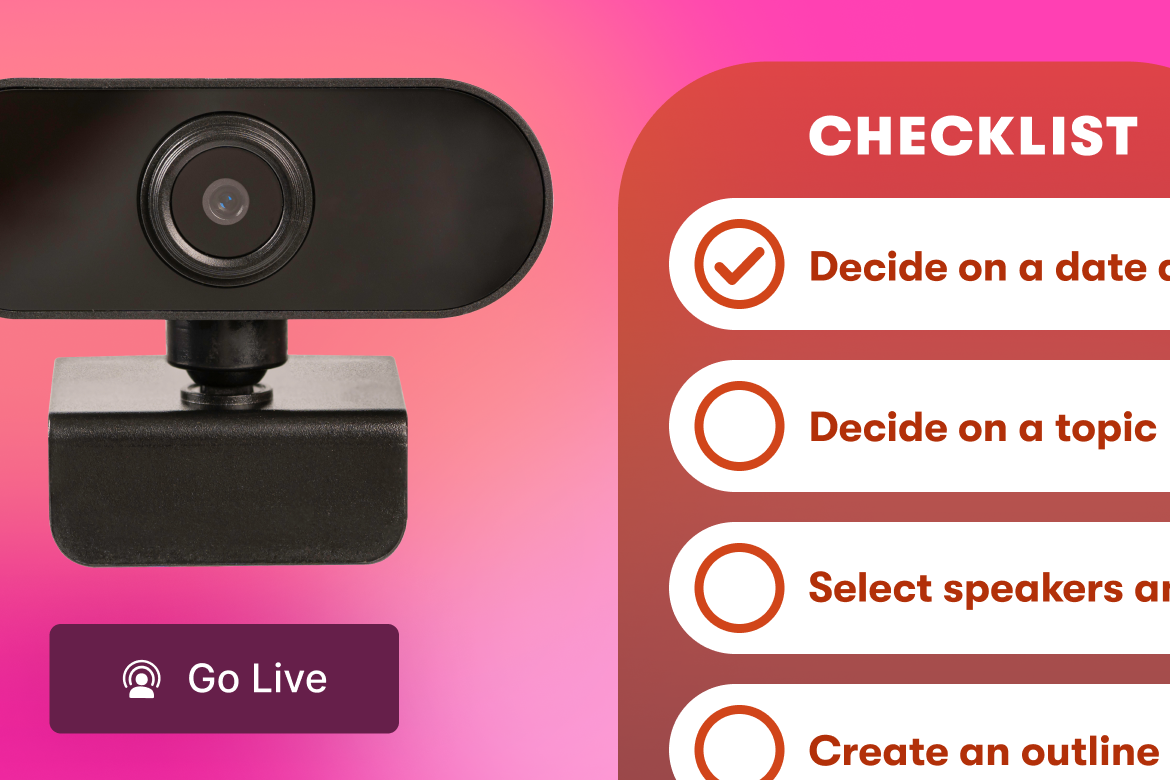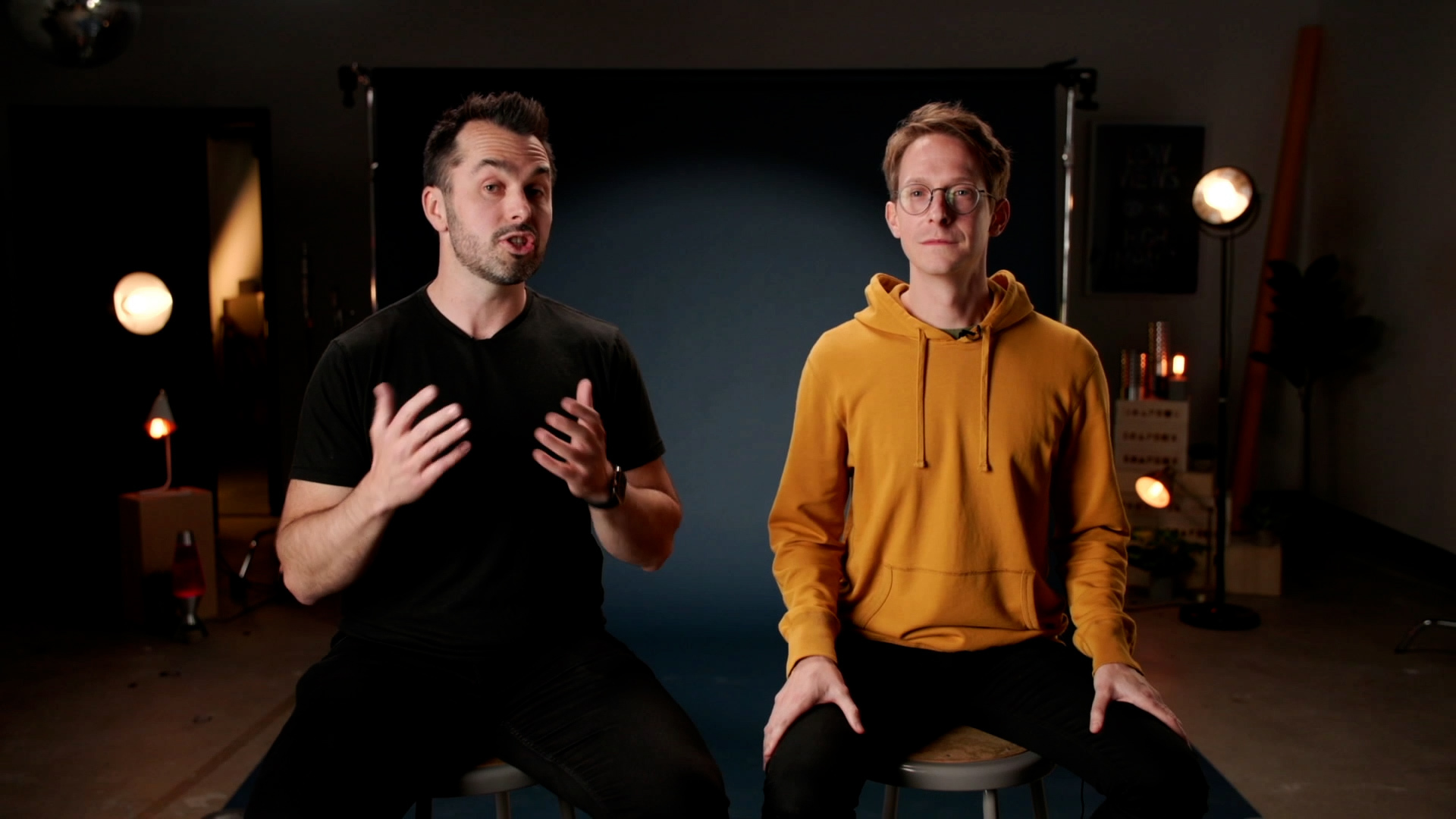How to Shoot Video Outside
Learn what it takes to get a good-looking, well-balanced shot any time of day.
July 26, 2018
Topic tags
Trevor Holmes
Creative
If you’ve ever tried to shoot a video outside, you may have run into some problems. Maybe it was too sunny. Maybe the light changed from one scene to another. Or maybe it was just hard to get a shot where the background and subject were exposed properly.
This is because different times of the day can yield different looks on screen. Plus, our sun (unlike indoor lights) is really, really bright. But don’t sweat it — by planning ahead for these variables and bringing a few pieces of gear with you to the shoot, you should be able to get a good-looking, well-balanced shot any time of day!
So, without further ado, here are some tips that can help you when shooting your next video outside.
Time of day
First thing’s first — always consider the time of day. Different times of day yield different lighting on your subject.
Early morning or late afternoon are great times to plan a shoot. There are less harsh shadows and you’ll have an easier time getting a good looking shot.
Shooting in the middle of the day is a little bit more challenging and will give you the harshest shadows and highlights on your subject.
Any of these times of day are doable, but being prepared with a few pieces of gear can go a long way!
ND Filters
First essential piece of gear? You’re going to want to pick up an ND filter (this one is specifically for 24–70mm canon lens). If you plan on doing multiple shoots outside, an ND filter will help you get a well balanced shot.
Some cameras have ND filters built in, but if you’re using a DSLR, most don’t come with that option. We recommend getting your hands on a variable ND filter that lets you dial in the amount you want to darken your image.
This helps to keep the background and the foreground properly exposed and will give you that well-balanced shot you’re looking for!
Reflectors and silks
Next up: reflectors and silks. Depending on where you’re shooting, the sun may be in front or behind your subject.
When the sun is in front of the subject, you’ll notice harsher shadows, and when the sun is behind the subject, they may appear to be underexposed.
In both of these scenarios, reflectors and silks can help to bounce or diffuse light. If you’re starting to shoot outside more, consider picking up a 5-in-1 reflector like this. It has five different sides that can help you when adding more light to a subject or diffusing the light on the subject.
With the 5-in-1 reflector you get five different options …
- White side: Reflects the sun and acts as a bounce card
- Black side: Use this to block the light, flag light, or as negative fill
- Gold side: Reflect warm light
- Silver side: Reflect a lot of light
- No cover: Softens light
Setting up the shot
Now that you’ve got all the gear you need, it’s time to set up your shot.
The key to getting a great shot all comes down to using an ND filter and the reflector to shape the light in your scene. If the sun is in front of your subject, you’ll want to take the cover off the reflector and diffuse the light. If the sun is behind the subject, you’ll want to bounce the light and use the white side of the reflector.
This will make everything look more flattering, and now you’ll be able to achieve a well-balanced, properly exposed shot.
If you’re shooting solo, I recommend picking up one of these — a reflector stand. This piece of gear is not only awesome for outside shoots, but it can also be helpful to have around the studio for making subtle adjustments to lighting.
If you’re working with a small budget, you can also use your surroundings to your advantage. Find a nice little area of shade and use that as diffusion. Or, plan your shoot in the early morning or just before sunset when the lighting isn’t as harsh.
Start shooting outdoors
These are just some of the basics we’ve found helpful when it comes to filming outside. You can obviously go more in-depth with multiple reflectors and bringing in your own lighting setups, but this should at least get you off the ground running.
Have any questions about lighting for video? Got any additional tips for shooting outdoors? Leave ’em in the comments below!






